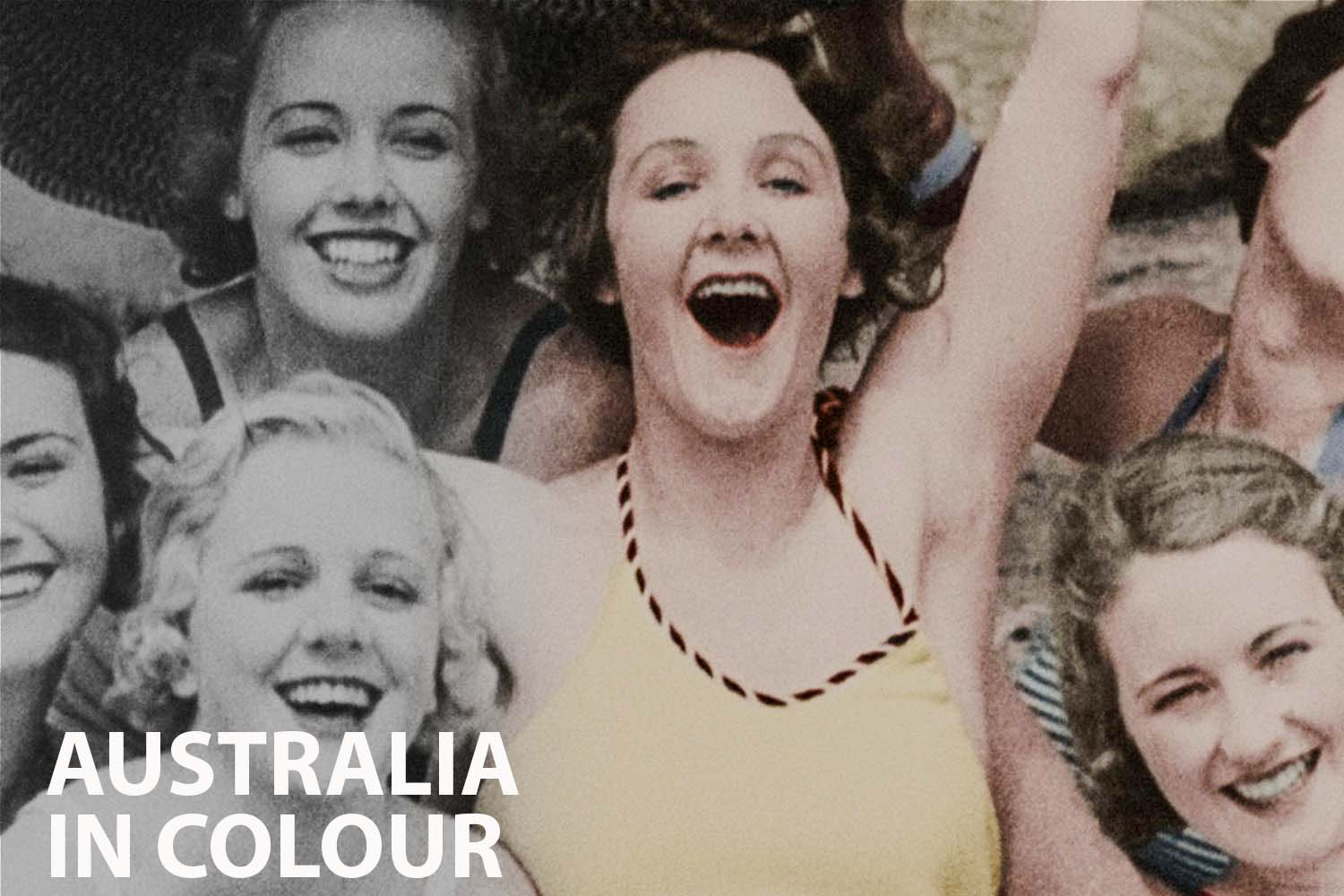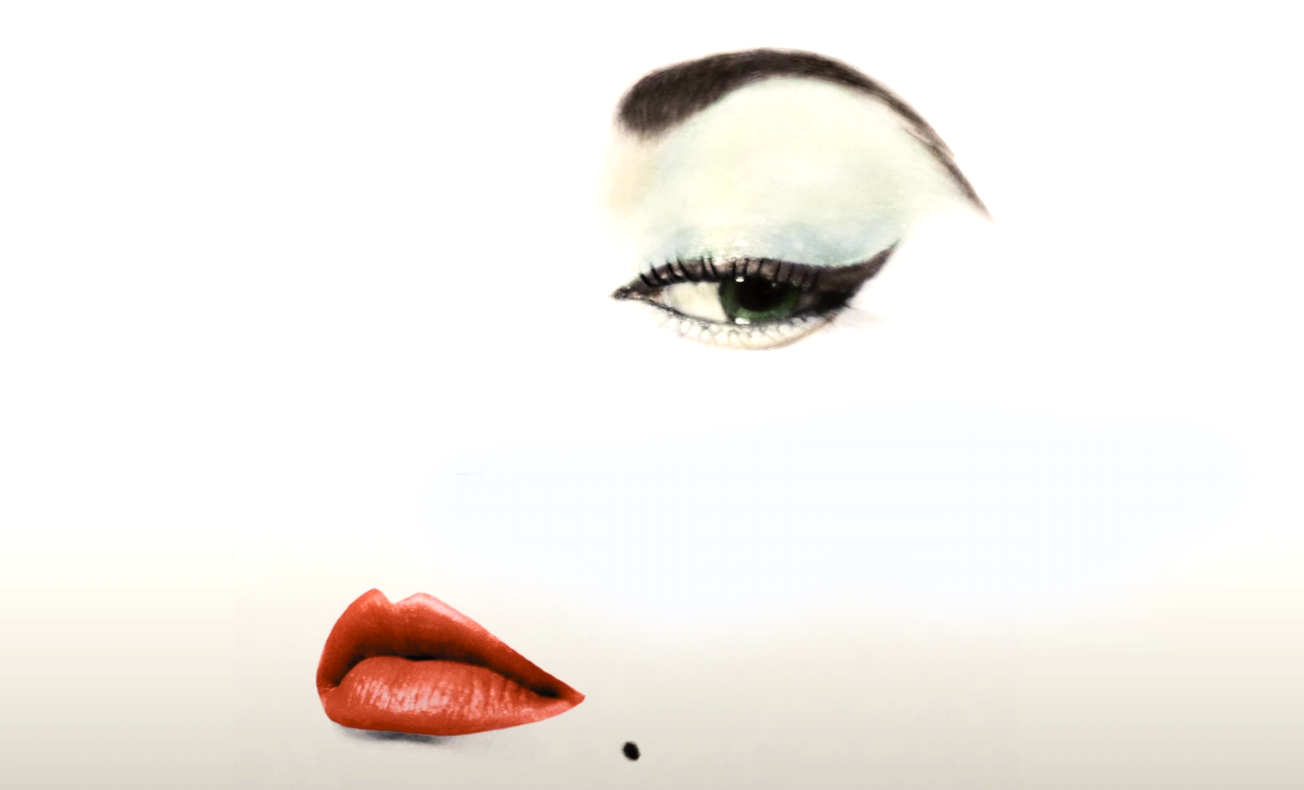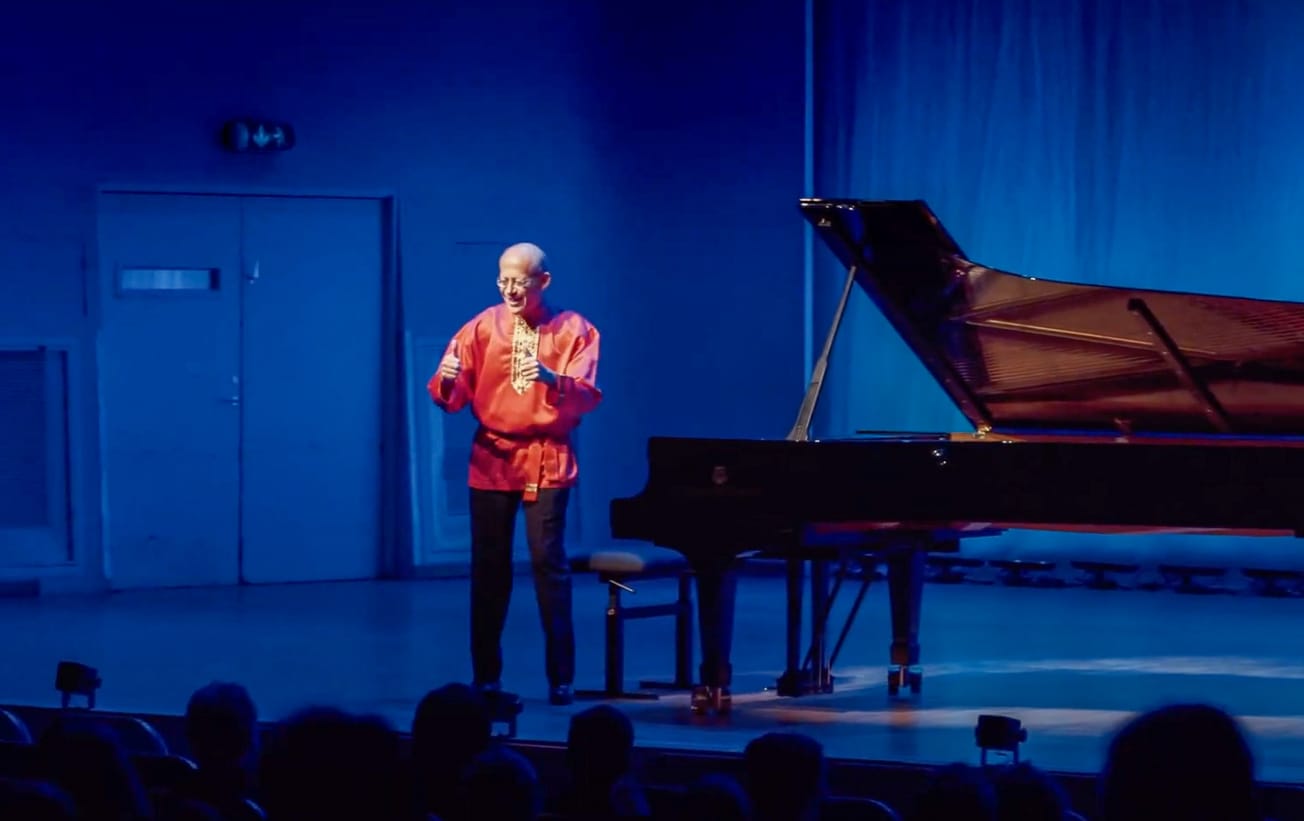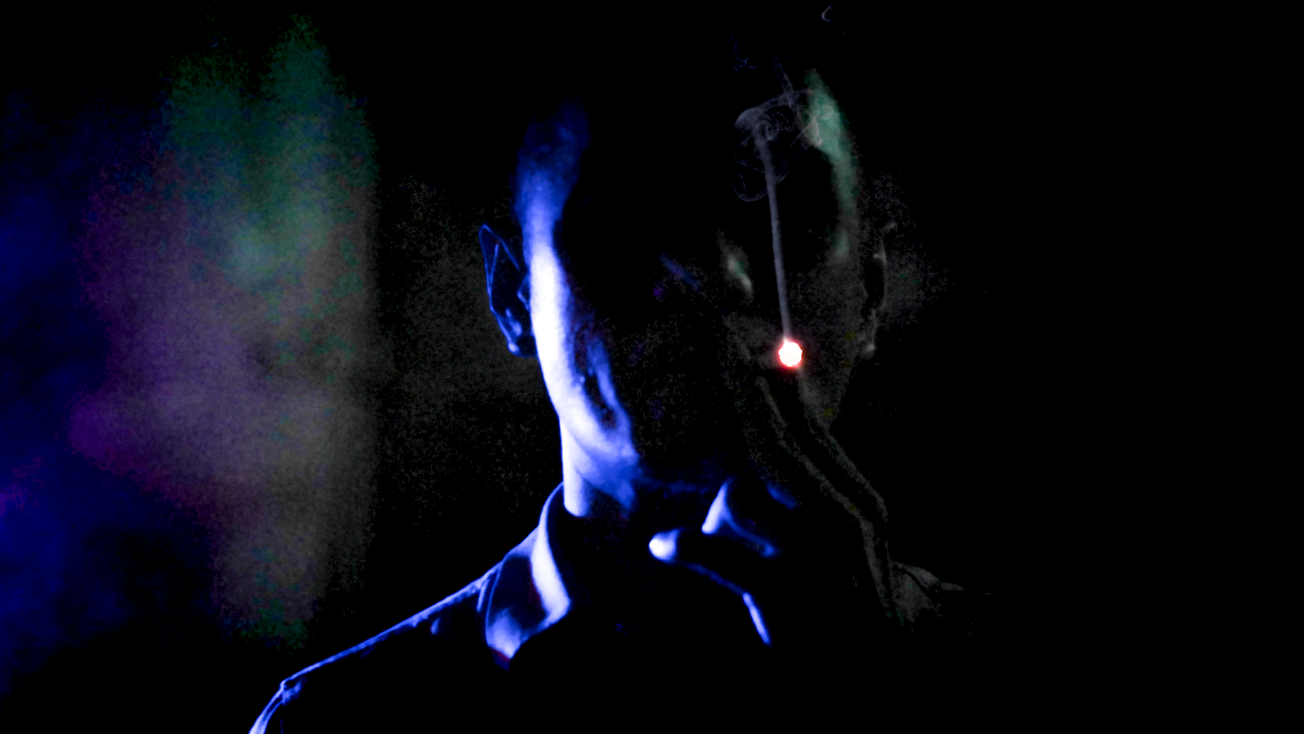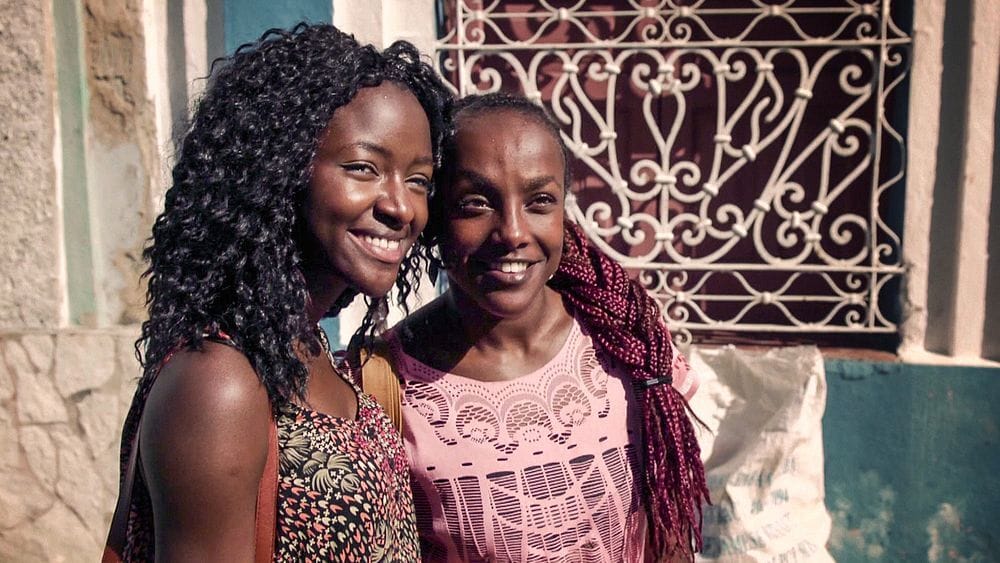Keywords: Australia, history, colorization, cinematic moments, Hugo Weaving. Three words: Informative, Revealing, Nostalgic
"Australia in Colour" is a compelling documentary series released in 2018. The series, narrated by acclaimed actor Hugo Weaving, charts the history of Australia by bringing to life a unique collection of cinematic moments in stunning colour. This vivid representation provides a fresh perspective on the country's rich and diverse history.
Synopsis
The documentary takes viewers on a journey through time, showcasing pivotal moments in Australia's history that shaped the nation's identity. From the first motion pictures in the early 20th century to significant events such as wars, migration, and the struggle for civil rights, these historical scenes are brought to life in vibrant colour, providing a fresh perspective on familiar stories.
More Film Analysis
Analysis
The documentary's approach is both innovative and engaging. By colorizing historical footage, it brings a renewed sense of relevance to events that may have seemed distant or abstract. The depth of research behind each scene and the narration by Hugo Weaving adds an extra layer of authenticity and emotional connection to the subject matter.
Historical and Factual Context
The documentary provides a comprehensive overview of Australia's history, covering major events such as the two World Wars, the Great Depression, the post-war migration boom, and the Indigenous rights movement. This rich historical context enhances the viewer's understanding of the country's past and its impact on the present.
Key themes in the film
- The power of imagery and colour in storytelling
- The ongoing evolution of Australian identity
- The impact of historical events on contemporary Australia
Film Comparisons
Similar to documentaries like "They Shall Not Grow Old" and "Apollo 11", "Australia in Colour" uses colorization to bring new life to historical footage. However, its focus on Australia's history gives it a unique place in the genre.
Noteworthy Moments
Among the many significant moments in the documentary, the colourization of World War II footage and scenes from the Indigenous rights movement is particularly impactful. These scenes feel more immediate and emotionally compelling in colour, creating a stronger connection with the viewer.
Reviews
"This documentary" was well-received by audiences, with an IMDB score of 7.8. Critics praised it for its innovative use of colorization and its comprehensive exploration of Australian history.
Conclusion
"Australia in Colour" is an enlightening documentary for anyone interested in Australian history, the power of visual storytelling, or the impact of technology on our understanding of the past.
More film information:
FILM SUMMARY
- IMDB score: 7.8
- Rotten Tomatoes score: N/A
- Metacritic score: N/A
- Film festival awards: 1 nomination
PERSONALITIES
- Hugo Weaving: The narrator of the documentary, renowned actor known for his roles in "The Matrix" and "The Lord of the Rings" series
LOCATIONS
- Australia: The documentary covers various historical periods and locations across the country
Key Questions Raised by the Film:
- How does the use of colour in historical footage impact our understanding and emotional connection to the past?
- How has Australia's identity evolved over the past century?
Links for Further Exploration:
I wonder what the film would be in another art form


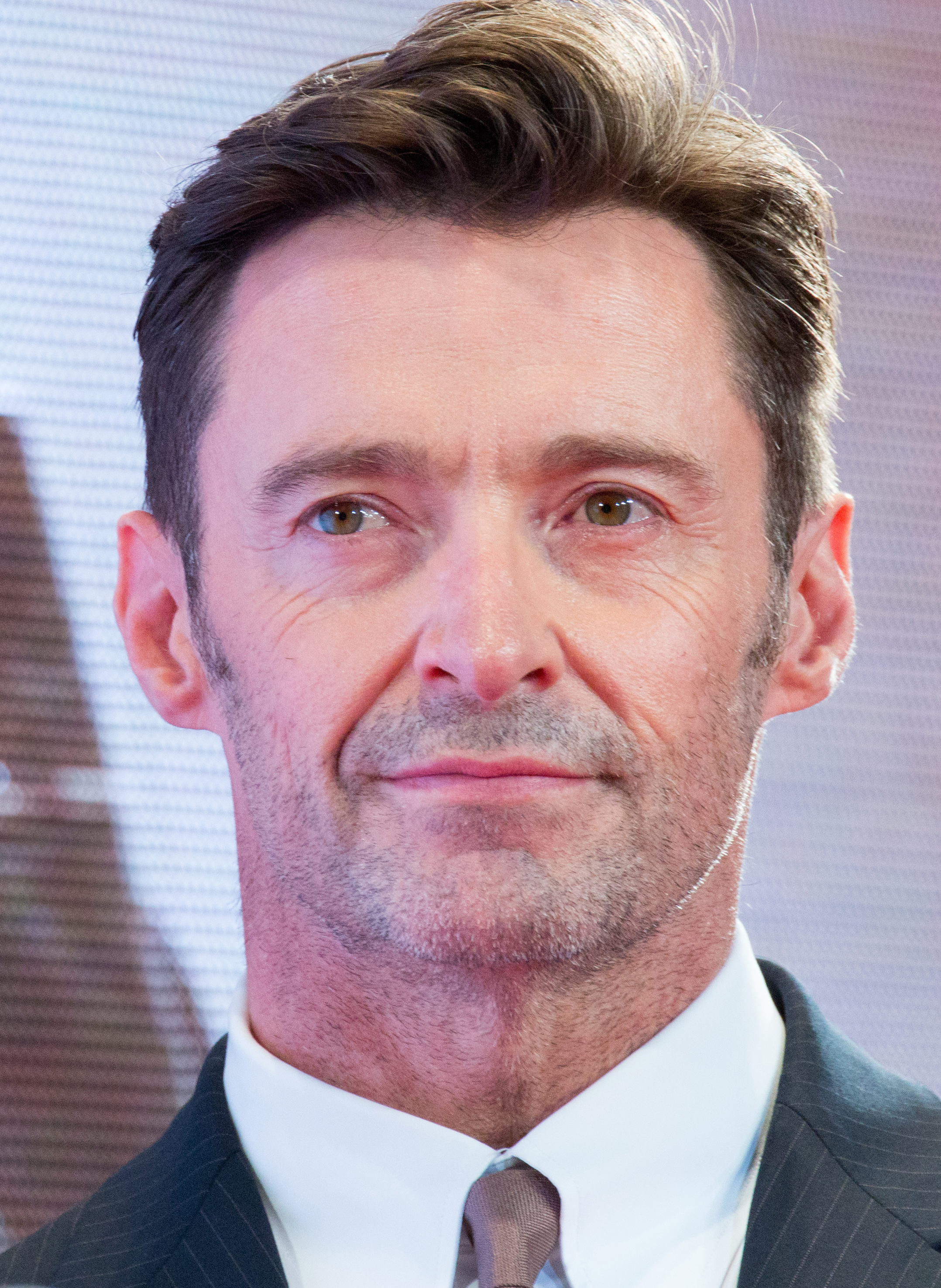
- If this film was a famous book, which one would it be? "The Time Traveler's Wife" - for its ability to vividly depict different periods in history.
- If this film was a famous song, which one would it be? "Yesterday" by The Beatles - for its nostalgic look back at the past.
- If this film was a famous piece of art, which one would it be? Vincent Van Gogh's "Starry Night" - for its vibrant use of colour.
- If this film was a famous celebrity, who would it be? Hugh Jackman - for his Australian heritage and ability to captivate audiences.
- If this film was a color, which one would it be? Sepia - for its historical connotations.
- If this film was a music style, which one would it be? Classical - for its timeless appeal.
